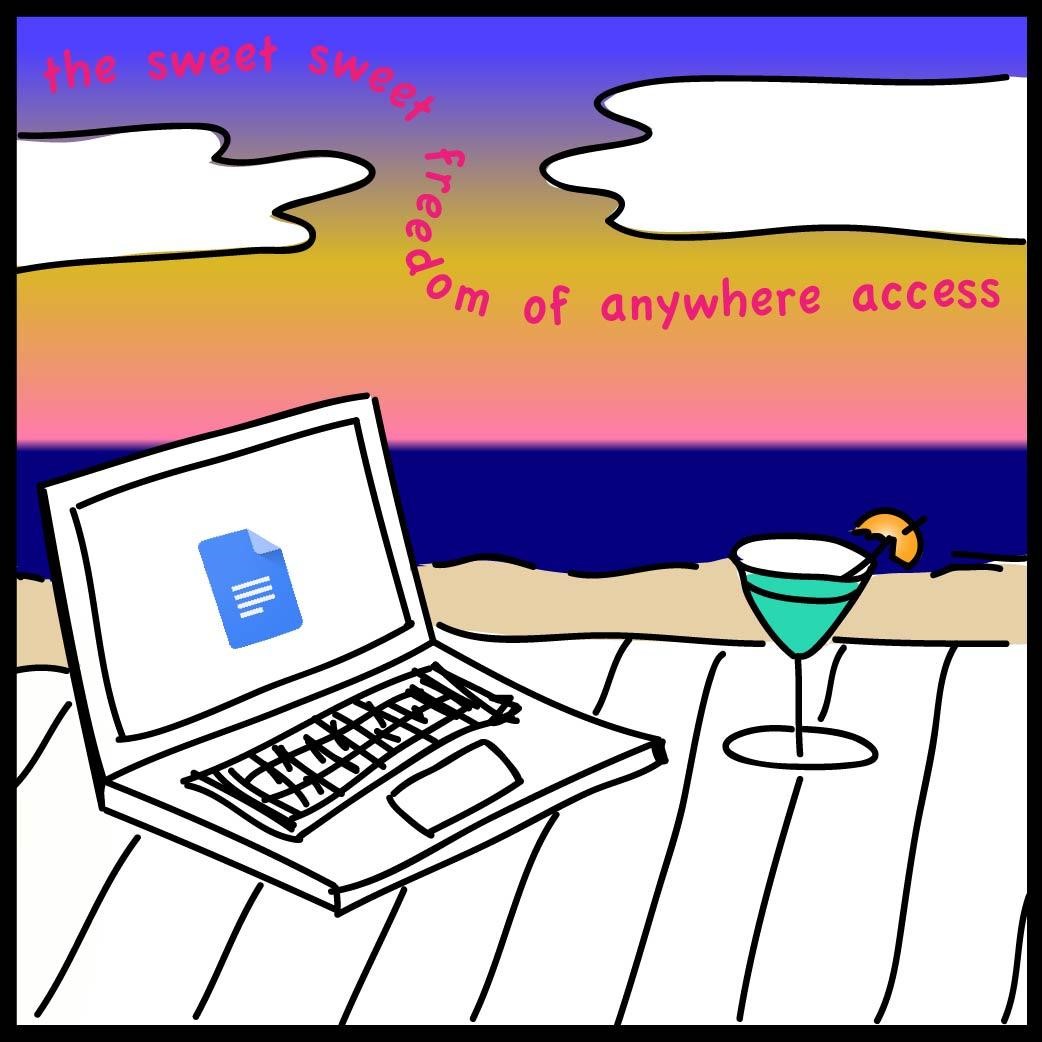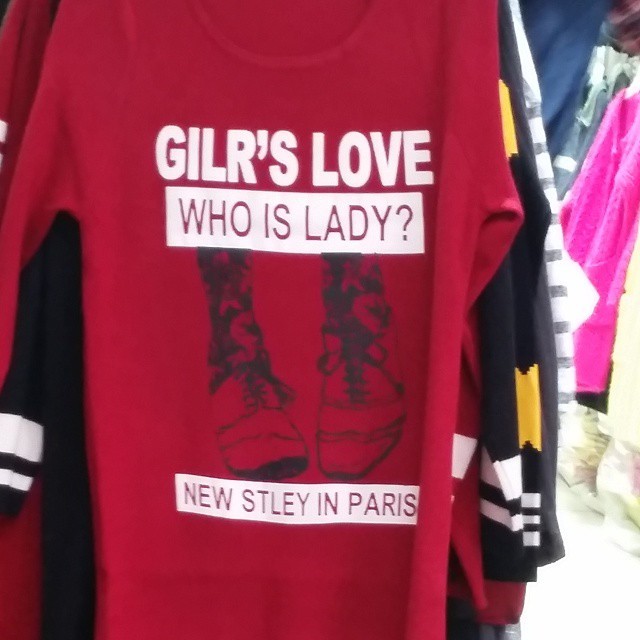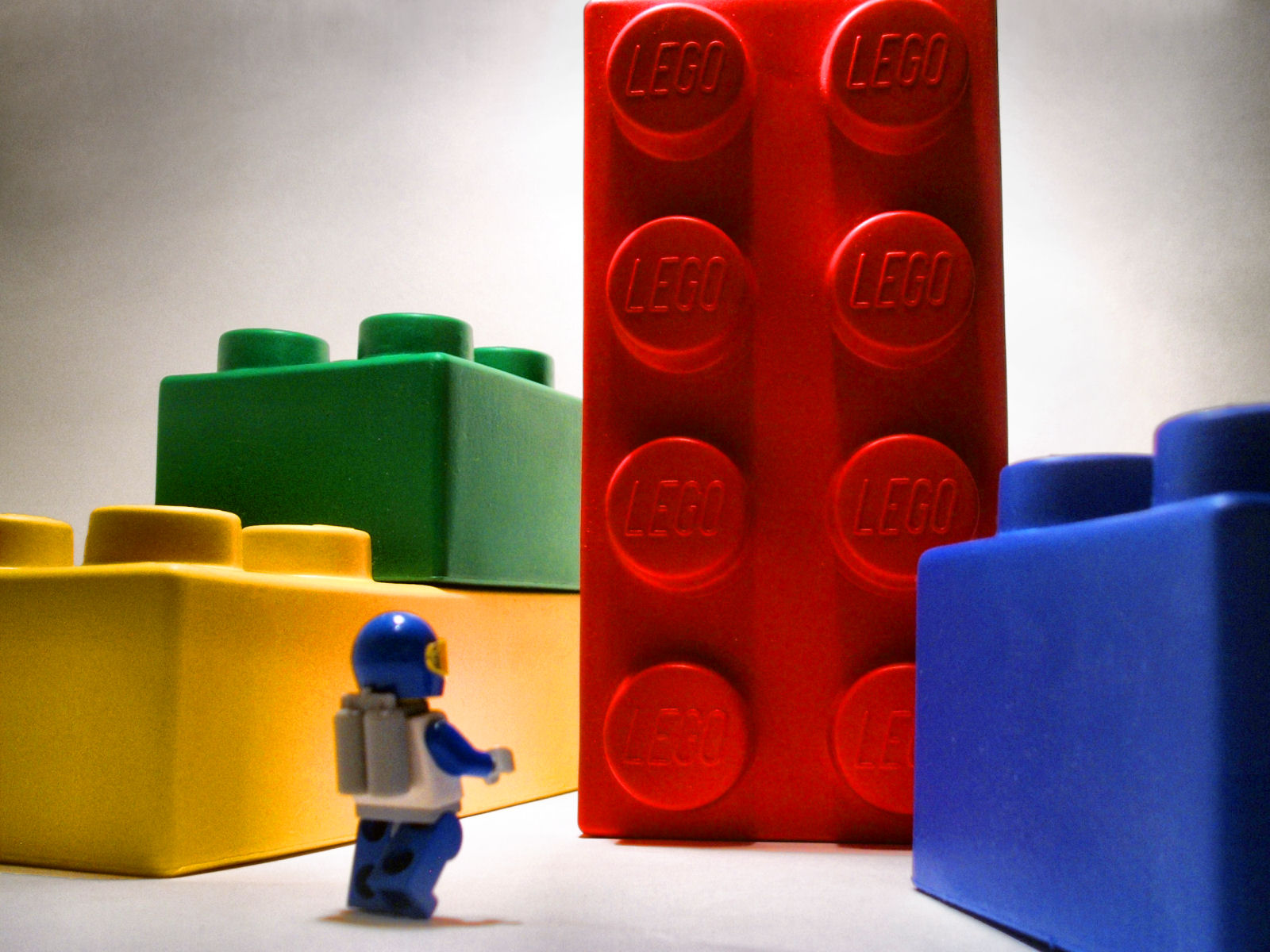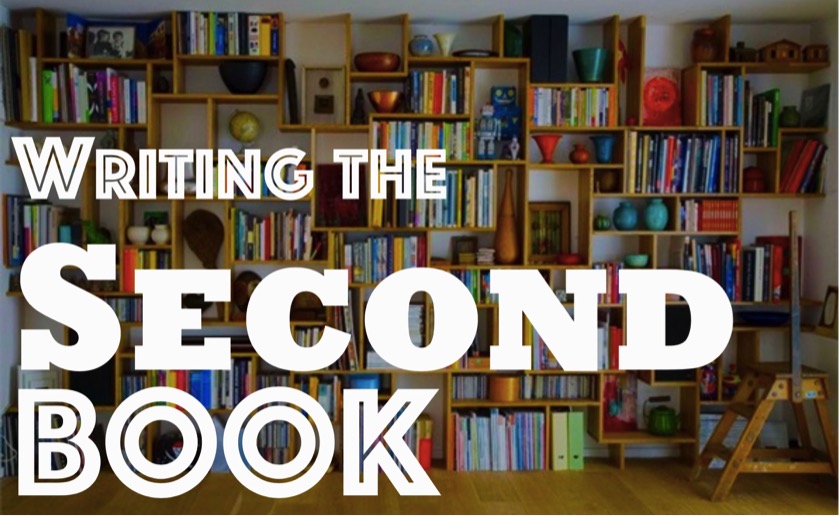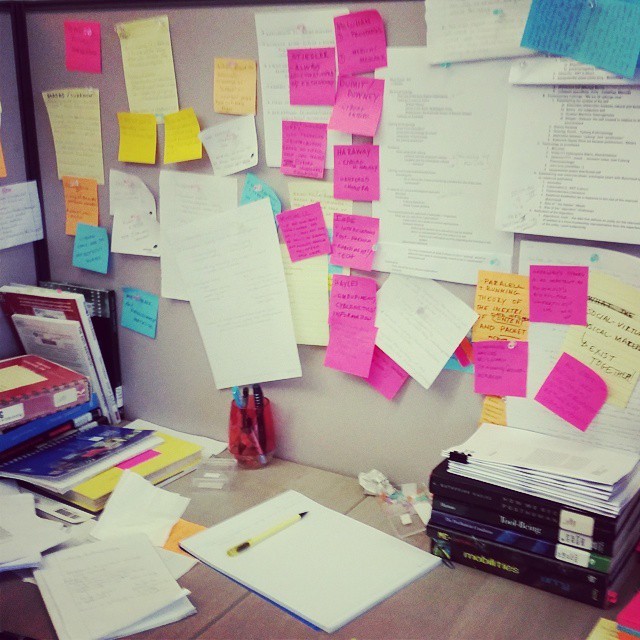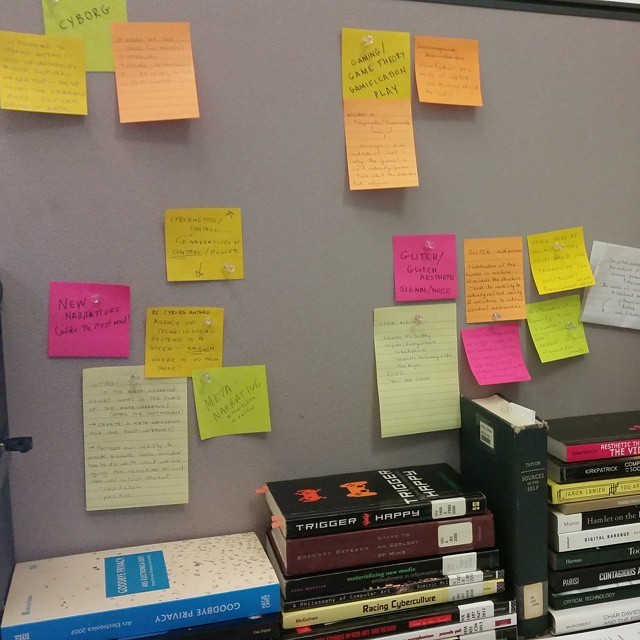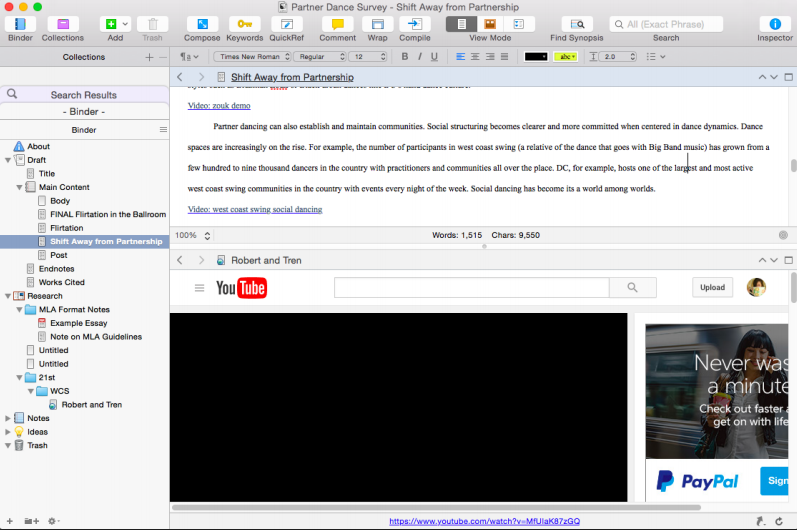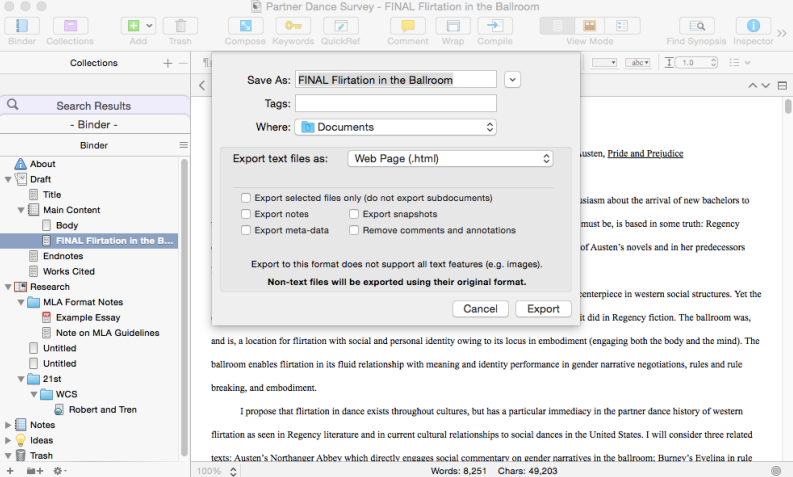Dave Hare is currently a part-time lecturer at City University of Hong Kong. His research work concerns film studies, specifically contemporary cinema stereoscopy.
This is the fourth and final week of AcWriMo 2016. Words have been written, edited, and proofread; ideas have been noted down; and work has been tallied (by The PhDometer 3.0 app!). The leaderboard shows an impressive amount of effort. This work should act as motivation to reach your personal AcWriMo targets. It prompts a sustained effort. Alternatively, finish the month by thinking about the ways that this effort can be efficiently transformed into tangible rewards (publishing or submitting).
Establishing a good, productive writing habit is one of the main benefits of participating in AcWriMo. Paul Silvia, who writes more broadly on the subject of productivity in How to Write a Lot: A Practical Guide to Productive Academic Writing, makes the simple point that ‘productive writers don’t have special gifts or special traits – they just spend more time writing and use this time more efficiently’ (funnily enough, this idea also reflects Jerry Seinfeld’s ‘don’t break the chain’ advice to young comedians, which you can find here and here). AcWriMo essentially helps participants do exactly that: its finite time span encourages a form of intense focus, and its social media presence, PhDometer app, and leaderboard provide positive feedback to reinforce good, productive behaviour. It provides a short cut to more productive drafting, editing, proofreading and note taking processes.
This short cut leads to more publications. So, while AcWriMo mainly focuses on writing, publishing is one of the main goals of participation (that is, getting recognition for all that AcWriMo effort!). Achieving this result involves understanding and making use of a variety of services and tools for sharing and tracking research output. These services and tools are what Geoffrey Bilder, Jennifer Lin and Cameron Neylon call ‘infrastructure’: identification, storage, metadata and relationships. They enable the smooth production, distribution and publication of scholarship. Put a different way, establishing the right writing, researching and publishing infrastructure is another form of shortcut that will help you become more productive.
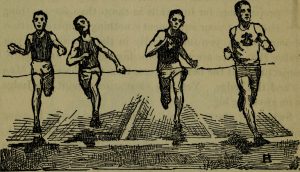
One important piece of infrastructure that Bilder, Lin and Neylon cite as an example is ORCID (or Open Researcher & Contributor ID). ORCID is a non-profit, online registry. It identifies researchers and connects them to all of their work and ‘affiliations, across disciplines, borders and time’. It is a unique number allocated to individual researchers, which, when used actively, removes problems associated with name ambiguity. What is significant about ORCID is that it can be integrated with Scopus, ResearcherID, LinkedIn and other academic profiles, which means it removes the need to update multiple profiles each time you are successful in being published. It will save you time (when, for example, you finally publish all of that AcWriMo work). ORCID is free to register, and is increasingly being used by universities as a way to streamline internal research reporting (which means you might eventually be asked to register an ORCID by your institution anyway).
Combining a focus on writing with the right infrastructure will help you develop a more productive (writing and publishing) habit. This habit is exactly what AcWriMo and PhD2Published are about. It will serve you until next academic writing month, when it will be bigger, better and even more useful!



















